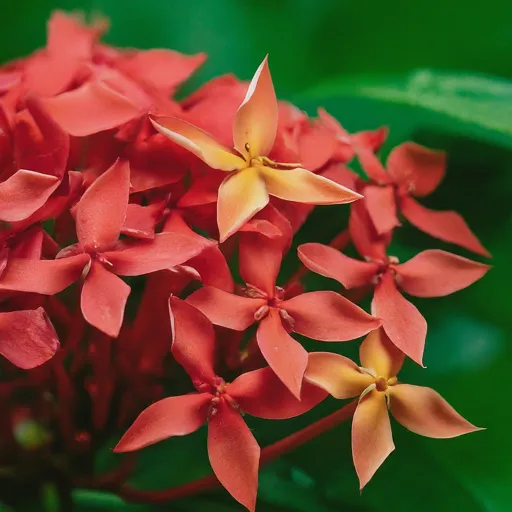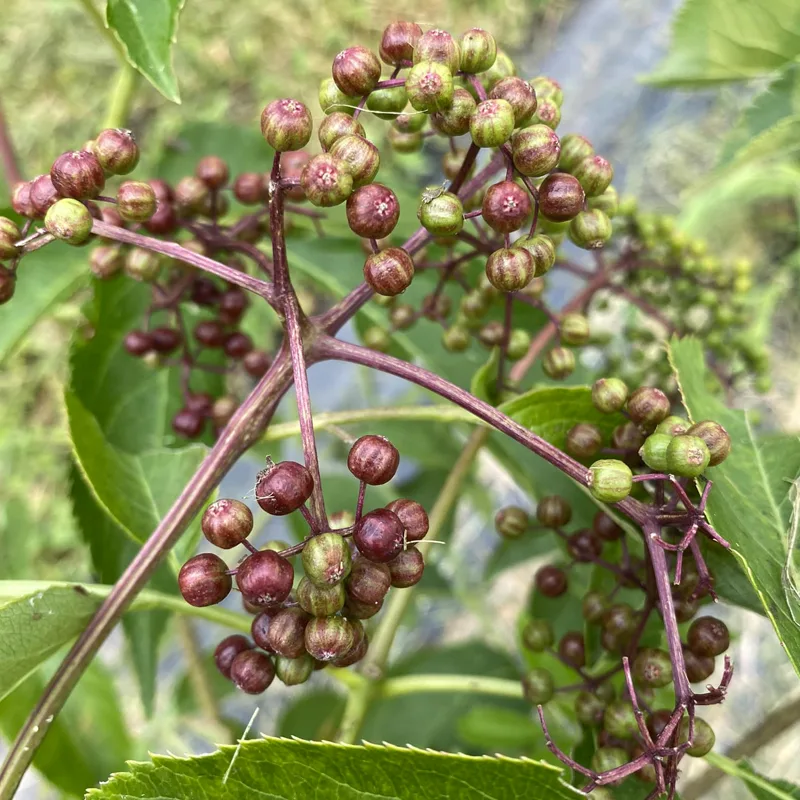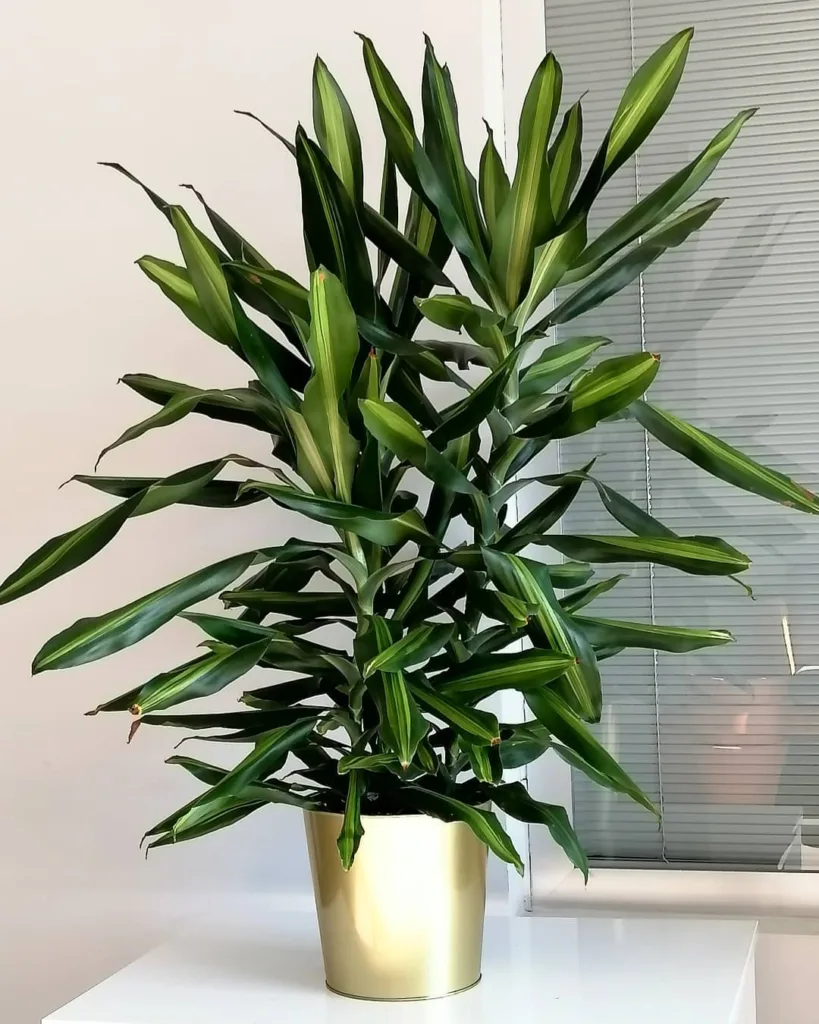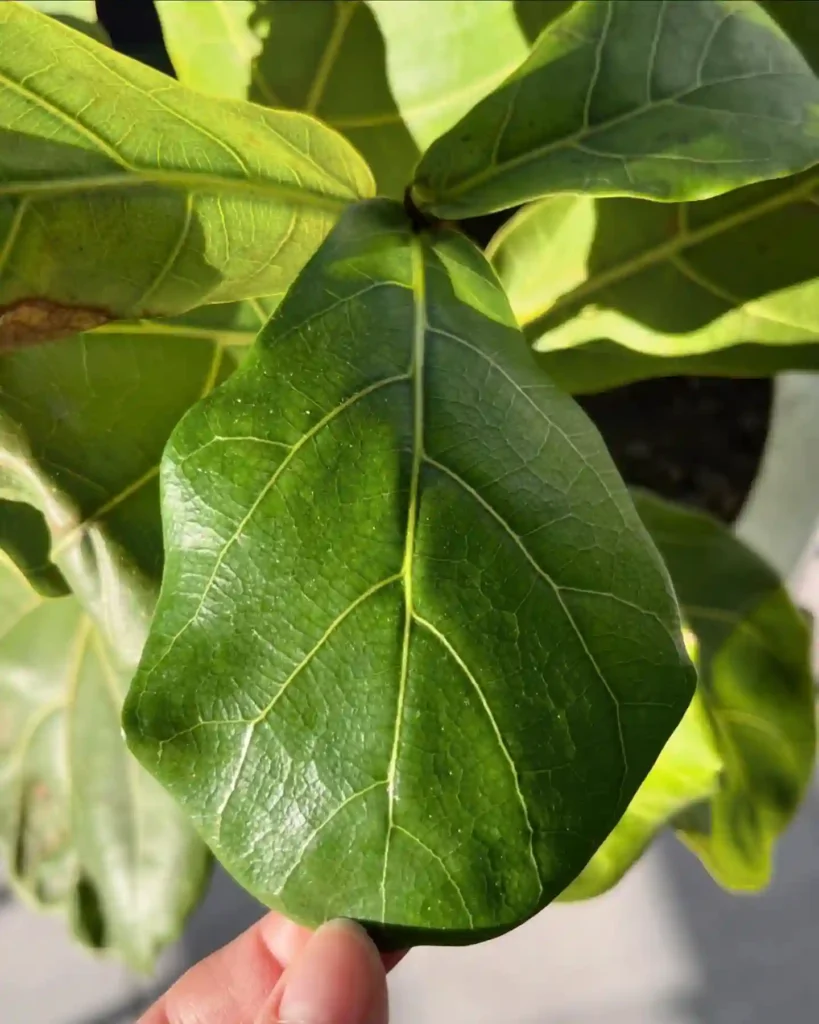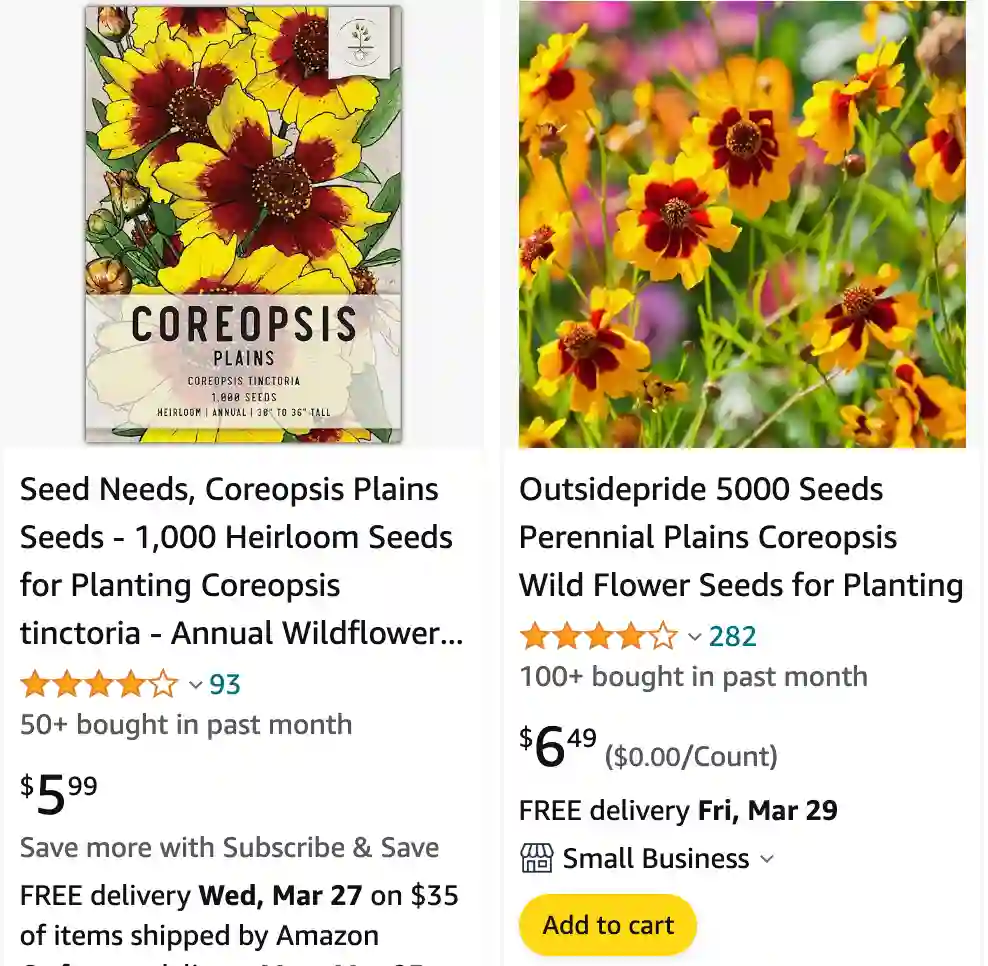
How to grow Plains coreopsis?
Plains coreopsis, also known as Coreopsis tinctoria, is a beautiful and easy-to-grow wildflower native to North America. Here’s a guide to help you cultivate it in your garden:
39 Species in Genus Coreopsis
Planting:
- Timing: You can plant Plains coreopsis seeds directly outdoors in the spring after the danger of frost has passed, or in the fall a few weeks before the first frost. Alternatively, you can start seeds indoors 6-8 weeks before the last frost date and transplant them outdoors when the seedlings are a few inches tall.
- Location: Choose a sunny location with at least 6-8 hours of direct sunlight daily. Plains coreopsis will tolerate some partial shade, but flowering might be less prolific.
- Soil: Plains coreopsis thrives in well-drained soil. If your soil is heavy clay, amend it with compost or sand to improve drainage. It can tolerate poor soil but not constantly wet conditions.
Planting Seeds Outdoors:
- Sow seeds directly onto the prepared soil surface, spacing them about 12-18 inches apart.
- Cover the seeds lightly with soil and water gently.
- Keep the soil moist until the seeds germinate, which typically takes 1-2 weeks.
Planting Seedlings:
- Dig holes in the prepared soil slightly larger than the root ball of your seedlings.
- Carefully remove the seedlings from their pots and place them in the holes.
- Backfill the holes with soil and water gently to settle the soil around the roots.
Care:
- Watering: Once established, Plains coreopsis is drought tolerant and won’t need frequent watering. However, during extended dry periods, occasional watering might be beneficial.
- Fertilizing: This low-maintenance plant generally doesn’t require fertilizing. In fact, too much fertilizer can encourage excessive foliage growth and reduce flowering.
- Deadheading: Deadheading, or removing spent flowers, can encourage continuous blooming throughout the season. Simply pinch off the wilted flowers at the base of the stem.
Additional Tips:
- Plains coreopsis is a short-lived perennial, meaning it might not come back every year. To ensure continuous blooms, you can allow some flowers to go to seed and self-sow in your garden.
- This plant is relatively pest and disease resistant.
- You can cut back the stems by about half in midsummer to encourage bushier growth and potentially a second round of blooms.
Is Plains coreopsis a perennial?
Plains coreopsis is an annual plant rather than a perennial. It completes its life cycle in one growing season, from germination to seed production, and then dies. However, it often reseeds itself, which can give the appearance of being perennial as new plants grow each year.
How to collect Plains coreopsis seeds?
To collect Plains coreopsis seeds, wait until the flower heads have dried and turned brown. Cut the seed heads from the plant and place them in a paper bag. Allow the heads to dry further in a cool, dry place for about a week. Then, gently crush the heads to release the seeds. Separate the seeds from the chaff by sifting or blowing gently. Store the seeds in a cool, dry place in a sealed container until you’re ready to plant them.
Is a Plains coreopsis edible?
Plains coreopsis is not typically considered edible. It is primarily grown for ornamental purposes and for its ecological benefits, such as attracting pollinators like bees and butterflies. There are no well-documented uses of Plains coreopsis as a food source, so it is best to avoid consuming it.
Is Plains coreopsis available in Colorado?
Yes, Plains coreopsis is available in Colorado. It can be found at local nurseries, garden centers, and through online seed retailers. Additionally, it is often included in wildflower seed mixes that are suitable for Colorado’s climate and growing conditions.
When to plant Plains coreopsis?
The best time to plant Plains coreopsis is in the spring after the last frost date. In warmer regions, you can also sow the seeds in the fall for early spring blooms. Planting in spring ensures that the seeds will have the warm soil and consistent moisture they need to germinate and grow successfully.
If i die, water my plants!
